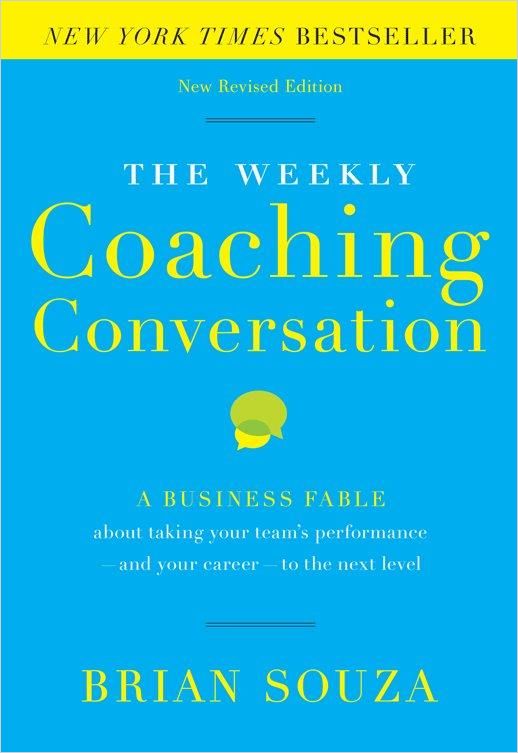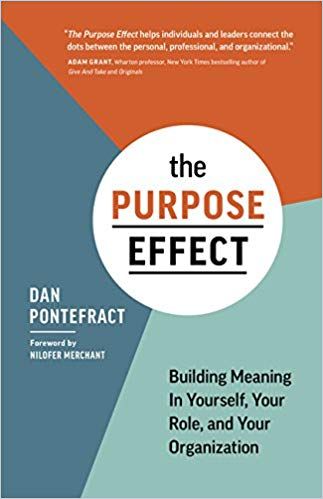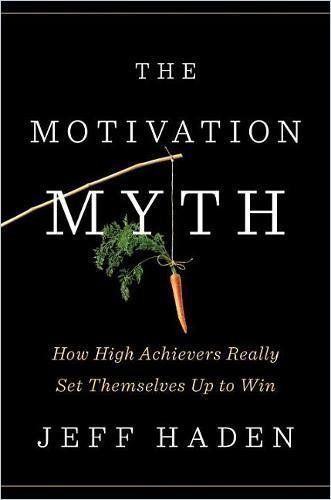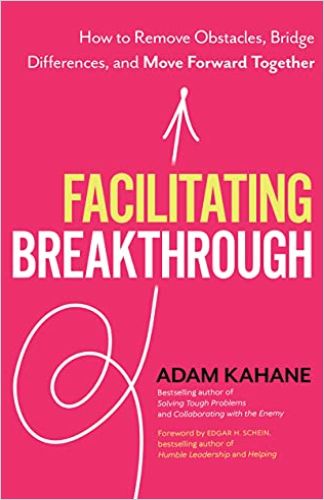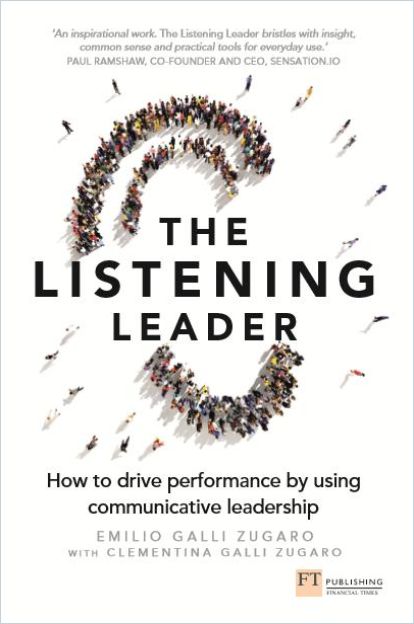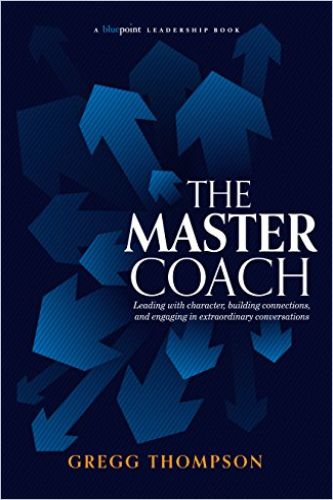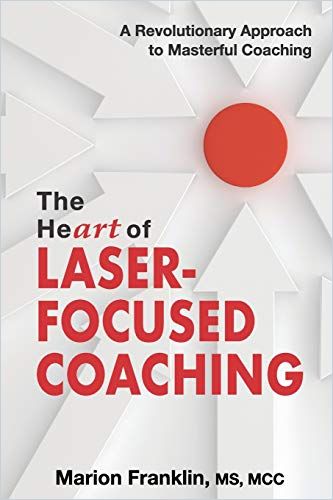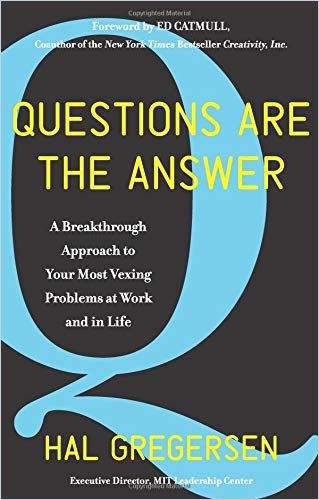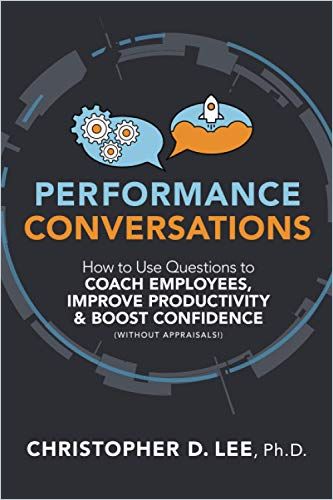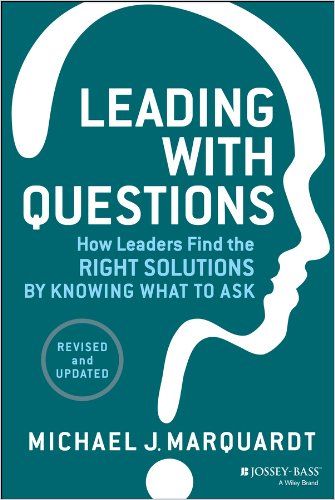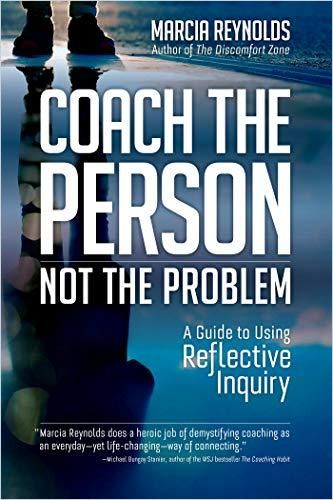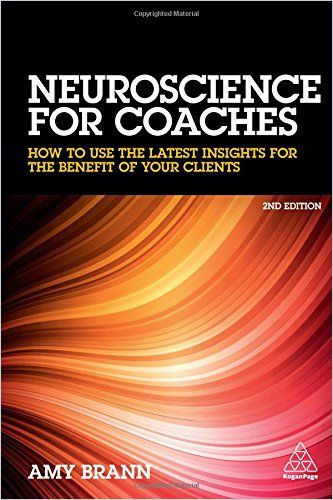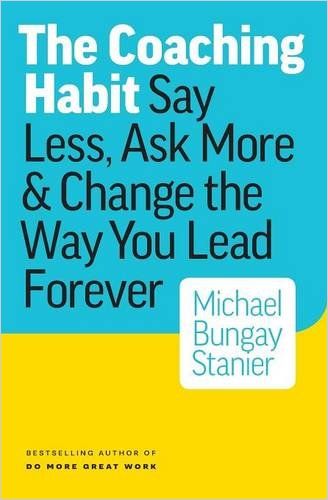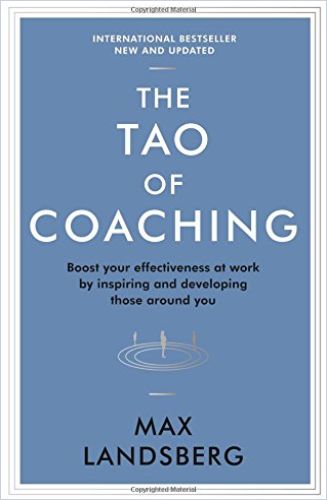How to Coach Your Employees

Coaching has grown more popular than any other developmental technique in recent years. For one, people crave person-to-person interaction after two years of COVID-19 pandemic restrictions. For another, many organizations find coaching to be a great tool for nurturing talent on an ongoing basis. With the rapid changes in markets and technology, learning and upskilling are becoming an everyday activity for employees at every level – and coaching is a great way to keep people motivated.

The following six steps will help you shift to a coaching leadership style:
1. Align Goals
Coaching leadership is a style that involves recognizing team members’ strengths, weaknesses and motivations to help each individual improve. To become an effective coach, you must invest the time to get to know each person’s abilities and goals. While most managers view organizational goals and people-development goals as different, great coaches view them as the same thing. Concentrate on helping each team member align their personal focus and behaviors with the company’s strategic objectives.
2. Emphasize Steady Progress
Your job as a coach is to convince team members that they can do more than they ever thought they could. Your coaching conversations should help you learn about each team member’s abilities and the fears that keep each one from maximizing those gifts. Guide your team to set process-oriented, weekly goals and positively reinforce their achievements in light of these objectives. Focus on making your team members a bit better, day in and day out.
3. Listen
Effective coaches are great listeners. Approach each coaching conversation with a mindset of curiosity. Refrain from drawing up a list of questions in advance. Concentrate on listening without thinking about how you’ll respond or what you should say or ask next. Listen objectively and ask thought-provoking questions to spot patterns and themes in coachees’ words, emotions and body language. Trust yourself and the coaching process to carry the session.
4. Help Employees Find Their Own Answers
Coaching is not about giving advice. It is about nudging employees toward finding answers by asking the right questions. To become your coachee’s “thinking partner,” use reflective inquiry: Pair statements that spark reflective thinking with questions. Reflective inquiry helps the person you are coaching understand the beliefs and fears that shape their choices. Reflective inquiry also allows people to reframe their initial problem and place it in a larger context. It helps people detect gaps in their logic and clarify their desires and fears affecting their decisions.
5. Help Coachees Shift Into Action
At the end of a coaching session, make a plan on how the coachee wants to put their newly-gained insights into action. Use questions such as, “What will you do with this knowledge?” or “What hurdles might inhibit you from moving forward?” to prompt coachees to develop an action plan. The plan you draw up together should include specific steps and a time frame.
6. Make Coaching a Habit
Establish “constructive coaching” as an ongoing process that provides developmental feedback to your team members. Schedule weekly coaching conversations. Beyond these more formal one-on-ones, you can integrate coaching behaviors into your daily interactions with people in your life. Making coaching a habit means saying less and asking more. You will not only empower those around you to discover and unleash their potential but also learn new things about others and yourself in the process.
Remember: Coaching saves time! Investing 10 minutes daily in coaching saves you time every day because you are helping team members become more independent and competent to work on their own.
Find more on coaching in the getAbstract Journal:
